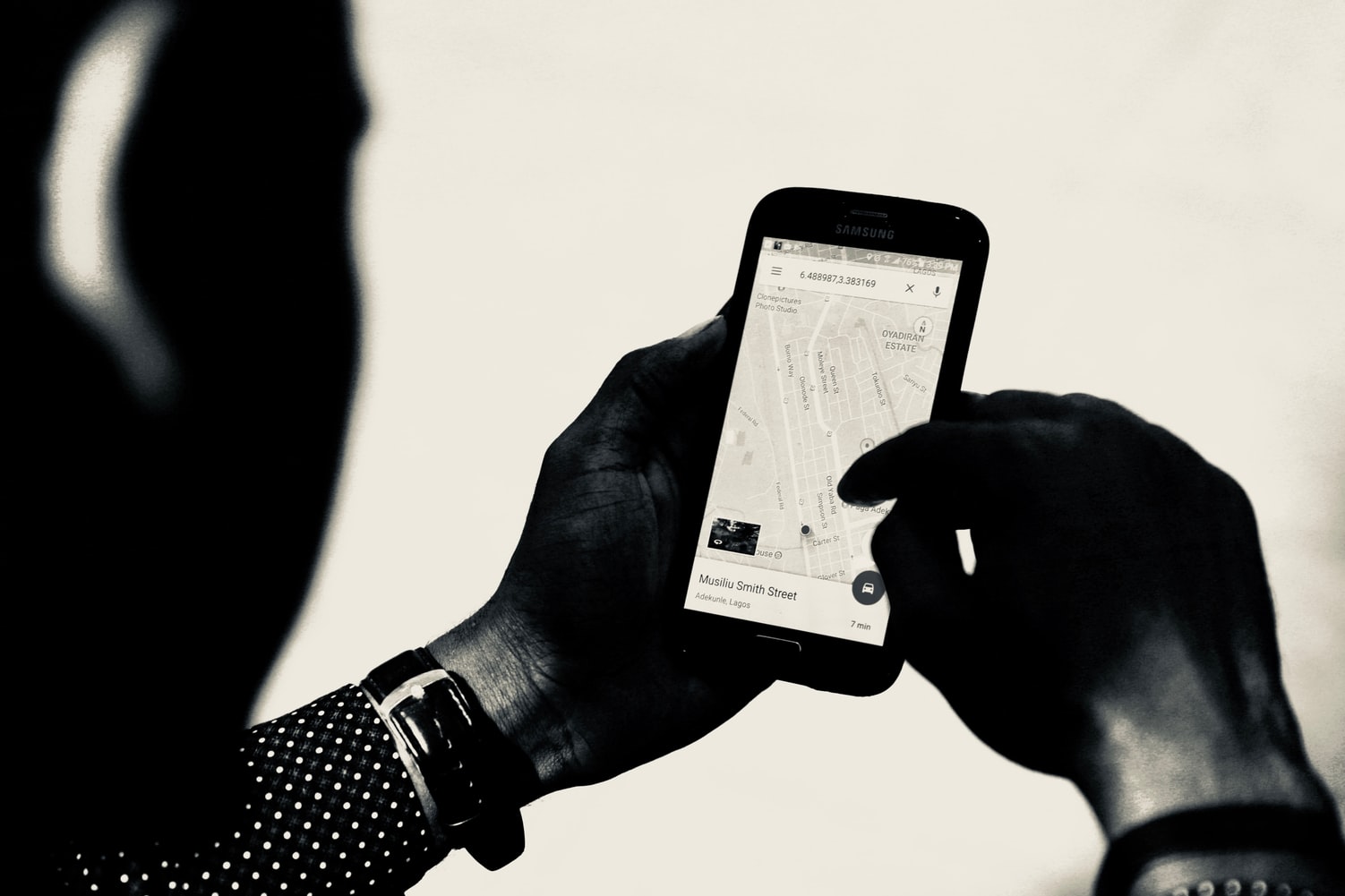Geofencing is a buzzy mobile app capability that’s been around for at least a decade; however, developers are only now seeing the full potential of geofencing for building a great user-first experience. While geofencing received some attention in relation to user privacy, new tools are considering how geofencing can better surprise and delight customers – and in the future, radically change the way companies deliver location-based experiences.
From sending a tailored promotion when a customer enters a retail store to powering order-ahead food delivery, geofencing plays a key role in making mobile apps contextually aware. How does geofencing work, and how can mobile app developers better deploy this technology? Here’s what you need to know about geofencing.
Geofencing: What is it?
Geofencing is a location-based service in which an app or other software uses GPS, RFID, Wi-Fi or cellular data to trigger a pre-programmed action when a mobile device or RFID tag enters or exits a virtual boundary set up around a geographical location, known as a geofence.
What does it mean in practice? Think about it like this: geo-fencing is like an electric fence for your dog but in the real world. Geo-fencing allows for the setup of virtual fences or areas, wherein the entering and exiting through the areas triggers a response or action by the individual or company monitoring the geo-fence. So, instead of alerting a pet owner when Fluffy wanders into the neighbor’s yard, geo-fencing triggers alerts for a business owner when key things happen: a customer visits a store, for example, or the store of a competitor.
How does it work?
To make use of geofencing, an administrator or developer must first establish a virtual boundary around a specified location in GPS- or RFID-enabled software, which can be as simple as a circle drawn 100 feet around a location on Google Maps. This virtual geofence will then trigger a response when an authorized device enters or exits that area, as specified by the administrator or developer. Put simply, picture virtually unfolding a paper map, taking a virtual pencil, and then drawing a virtual circle around a desired part of the map. Then, whenever someone or something enters or exits that area, you are alerted.
What is it used for?
Early geofencing projects revolved around using GPS to track herds of livestock or using ankle monitors to keep an eye on criminal offenders. This tracking then developed into keeping track of truck drivers on their routes as well as using “smart cards” to track employee movements in a building.
Today’s use of geofencing has evolved beyond simply tracking where a target customer (or a herd of sheep) is at any given time. With privacy concerns challenging companies to rethink their use of geofencing, companies like Radar are leading the way in innovating how geofences can improve the user experience.
Take, for example, Burger King’s Whopper Detour Campaign. Burger King ran a promotion to sell Whopper burgers for $0.01 – but only to customers within a 600-foot radius of a McDonald’s. Customers could download the Burger King app and head to their nearest McDonald’s. When they were within the geofence, the app would redirect them to their nearest Burger King to redeem the promo.
This is just one way brands are thinking creatively of how to use geofencing to surprise and delight customers – without invading their privacy.
Geofencing: A Matter of Privacy
As expected, not all individuals are comfortable having their location data shared via geofencing. In fact, in 2017, Massachusetts was one of the first states to enact a consumer protection law that objected to the use of location-based advertising. The Attorney General blocked an ad campaign from Copley Advertising, which was hired by a Christian organization to set up a geofence around women’s health clinics that would target women in the waiting room or nearby with anti-abortion ads.
While many ad-tech companies use geofencing to collect data on customers, new pioneers in the geofencing space, like Radar, are careful to put the user experience at the forefront of innovation. In a space dominated by ad tech and data monetization companies, Radar’s privacy-first approach means they do not sell any data they collect, nor do they share location data across customers.
Geofencing: 2019 and Beyond
The geofencing industry is expected to grow over 27% by 2022, citing “technological advancements in the use of spatial data and increasing applications in numerous industry verticals.”
While retail and travel are two industries already invested in geofencing, there’s a lot of potential for this technology to grow to government, healthcare, and more. Surprising and delighting customers is just the first step to integrating geofencing more thoughtfully in nearly every aspect of life. Over time, users will come to expect, rather than be surprised by, the way companies use geofencing. We expect to see companies use geofencing more strategically to send contextually relevant messages, build contextual experiences, and understand location data more thoughtfully.
This article is contributed by Radar.io
Images Sources: Source






 United States
United States United Kingdom
United Kingdom India
India Canada
Canada Singapore
Singapore















![10 Benefits of the Internet of Things You Should Know [2025]](https://www.appstory.org/wp-content/uploads/2025/03/ATS-10-Benefits-of-the-Internet-of-Things-You-Should-Know-2025@2x-80x60.png)




















